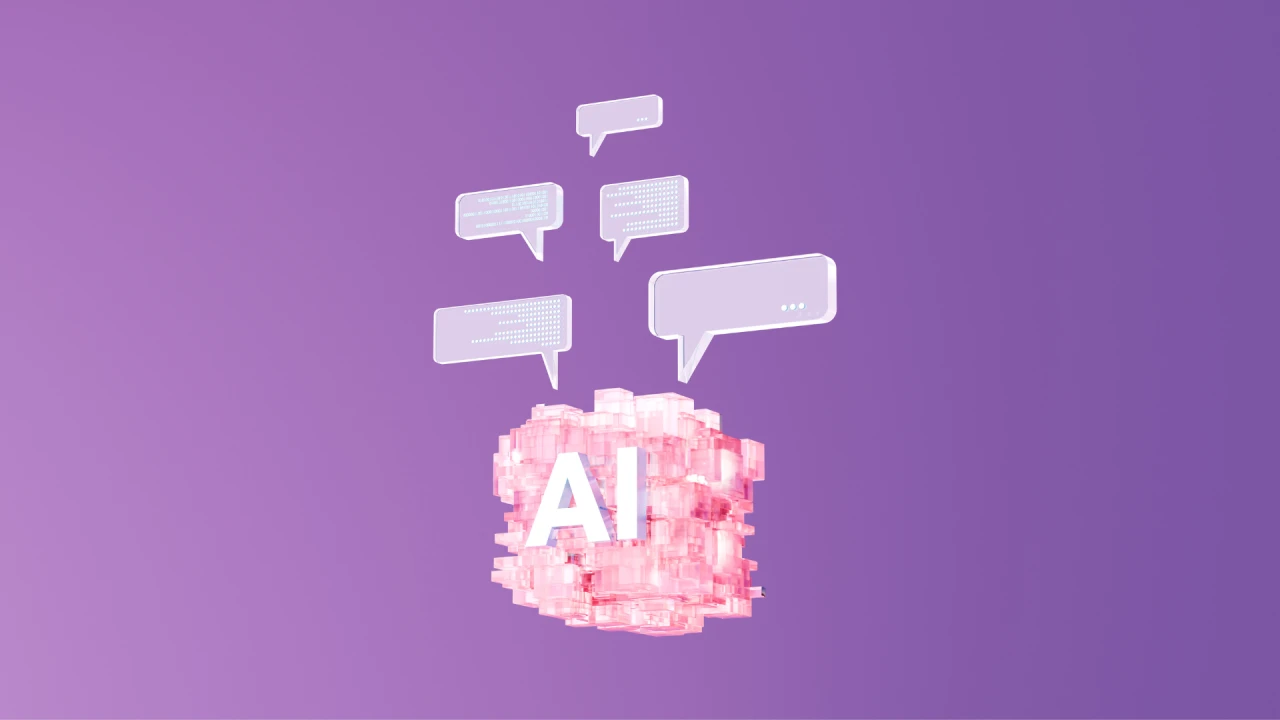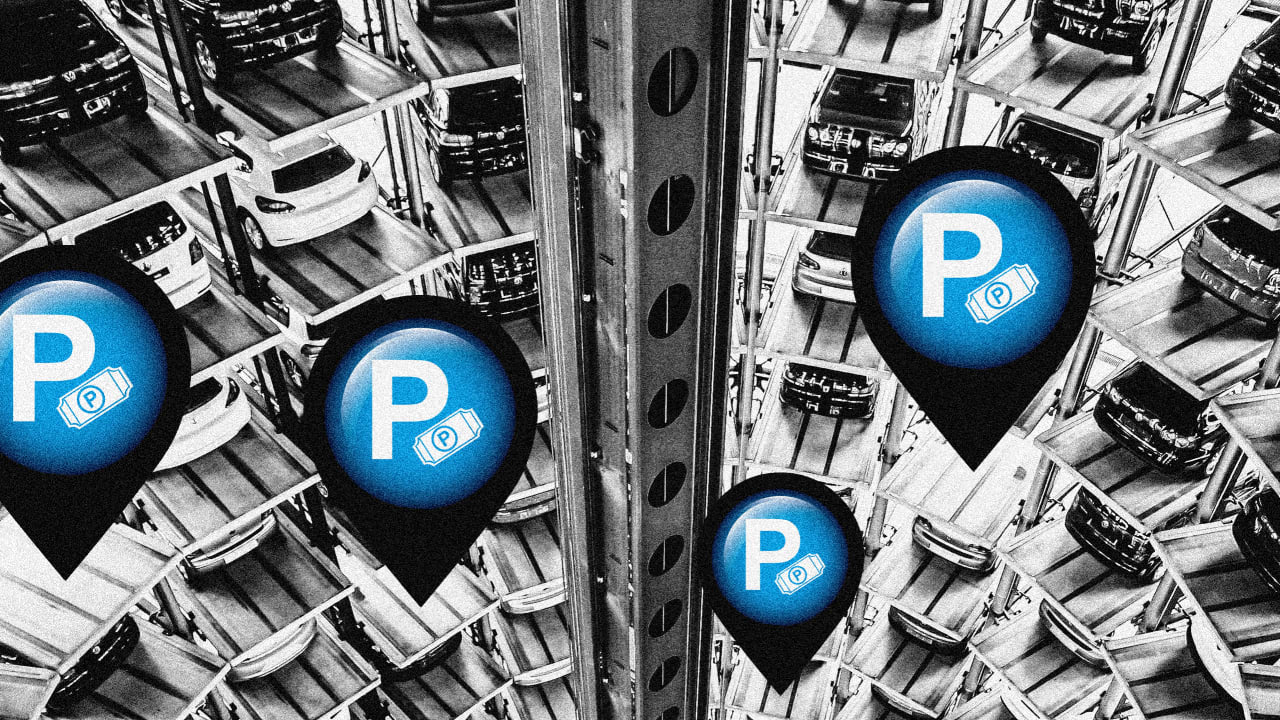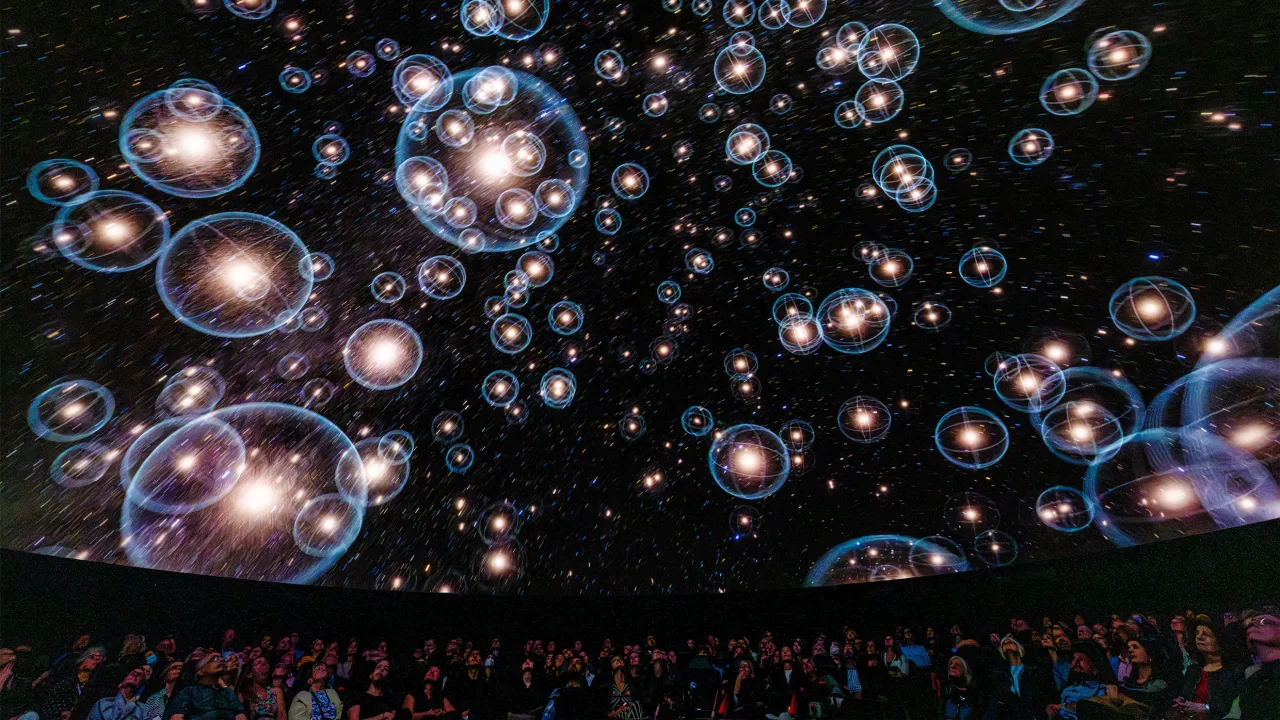Agentic AI can help nonprofits find new funding sources

Consultants, advisors, and boards are consistently giving nonprofits the same singular advice in 2025: Diversify fundraising sources.
Why? Because the new administration’s reduced appetite for federal funding has created challenges ranging from significant budget cuts to threats to organizational survival for nearly all nonprofits. When funding sources are concentrated rather than diversified, this creates disproportional risk—and those risks have become reality this year.
And yet, the generic advice to “diversify fundraising” often draws eye rolls from experienced executive directors—and rightfully so. Fundraising concentration is a natural and rational reaction to resource constraints, something that the majority of nonprofits, forced to operate on a budget of approximately 20% of revenue, have to deal with this year.
After all, one donor that gives $100,000 annually is easier to manage than 1,000 donors each giving $100 a year. But if that big donor goes away, nonprofits are left scrambling to make up the difference, and the changes in the funding landscape increase the chances of this occurring. Maintaining relationships with those smaller-scale donors is more important than ever. But nonprofits simply don’t have the human capital to engage with that volume of donors in the personalized ways that drive sustained relationships. The management of thousands of smaller donors requires autonomous software and automation that many nonprofits lack.
Legacy automation has limits
Software that nonprofits have historically used to power automation has had mixed success. Research shows that nonprofits that build integrated systems to support a more coherent donor experience at scale see higher revenue growth. In fact, organizations with fully integrated systems achieve 34% higher donor retention rates compared to those using patchwork solutions.
However, automation software has its limits. While sending automated emails to thousands allows the nonprofit to reach a wide audience, there’s a good chance some of those contacted have given recently. The nonprofit risks alienating recent donors by asking them to contribute again. When automation lacks an understanding of nuance, it can inadvertently weaken donor relationships.
What’s more, software requires work to deliver value. Make no mistake, the value it provides is many multiples of the work input, but for resource-constrained nonprofits, that’s a theoretical argument. If an organization doesn’t have the resources to centralize data, integrate systems, train users, and execute software workflows, then it doesn’t matter how high the return on that investment might be.
The solution? Removing the work entirely with semi-autonomous tools that take the lead, leaving the humans to focus on more tactical, strategic work.
The power of agentic AI
With AI’s widespread availability, options may seem endless, but not all tools meet nonprofits’ unique needs. For example, ChatGPT may be able to help draft a social media post or email, but it can’t dive into an organization’s data and proactively execute workflows, manage donor communications, or surface unique funding insights.
AI-powered workflows—called AI agents—can now handle executive-level tasks with various degrees of independence. For example, a semi-autonomous AI fundraising coach could be available 24/7 to answer questions, offer guidance, and help strengthen fundraiser programs. A fully autonomous AI agent might manage relationships with small donors at scale, providing each donor with personalized attention that rivals the high-touch service currently reserved for major donors.
These AI tools don’t assist; they act. Agentic AI constantly surfaces insights, identifies patterns, and executes routine tasks, all with minimal human intervention, scaling expansion in a way that traditional software cannot, while delivering an exponential return.
When it comes to finding new funding sources, no stone can be left unturned—but it’s simply not feasible for a small team to do it all. Agentic AI can take on the labor-intensive, repetitive tasks like scanning, filtering, and organizing opportunities so that staff can focus on what matters most: building relationships, tailoring strategy, and turning insights into impact.
Specifically, AI agents work directly with data and bypass traditional software user interfaces, meaning they only interact with humans when necessary. They amplify nonprofit capacity rather than deplete it, meaning more fundraising and case working capacity for the humans at the core of the organization.
Final thoughts
Giving in the U.S. reached roughly $557 billion in 2023. Yet that figure barely scratches the surface of what’s needed to address global existential challenges like climate change, world hunger, and poverty, which would require an estimated $9.8 trillion. Reaching that scale demands bold funding diversification strategies, and that level of efficiency and scale simply isn’t possible without agentic AI.
AI’s capabilities create a self-reinforcing ecosystem: The more impact that’s delivered, the more it gets communicated. The more effectively it’s communicated, the more funding is attracted to deepen that impact.
The tools are here. The data exists. The infrastructure is in place. That’s the future we’re building toward—not just automation, but acceleration.
Scott Brighton is CEO of Bonterra.
What's Your Reaction?
 Like
0
Like
0
 Dislike
0
Dislike
0
 Love
0
Love
0
 Funny
0
Funny
0
 Angry
0
Angry
0
 Sad
0
Sad
0
 Wow
0
Wow
0




























































































